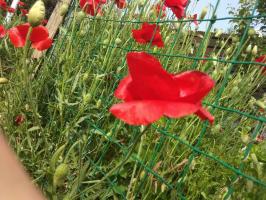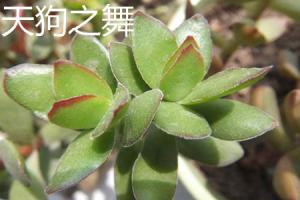Introduction
Wild plum trees are versatile and hardy trees that can grow in different environments. They are not only a great ornament for your backyard but offer several benefits such as shade, aesthetic beauty, food, and even medicine. The question, however, is where to plant wild plum trees for optimum growth and survival. In this article, we will explore different factors that determine the ideal location for planting these trees.
Soil Type
Soil type is a crucial factor to consider when planting wild plum trees. These trees thrive in well-drained soils that have high water-holding capacity. They do not do well in heavy clay soils, which are prone to waterlogging and root rot. Sandy loam soils are the best for planting wild plum trees as they allow proper aeration and water movement. However, you can always amend your soil with organic matter such as compost or manure to improve its fertility and structure.
Sunlight Requirements
Wild plum trees require plenty of sunlight to thrive. They need at least six hours of direct sunlight daily, preferably in the morning hours. Avoid planting them in shady areas where they will not receive enough sunlight, as this will affect their growth and fruit production. On the other hand, avoid planting them in extremely hot areas where the sun beats down heavily during the day, as this may cause scorching of their leaves.
Climate
Wild plum trees are hardy and can tolerate different climatic conditions. However, they do best in temperate climates with moderate rainfall, as this helps to moisten their roots and foliage. They can survive in different seasons, from cold winters to hot summers. They are, however, not tolerant of frost, so it's important to plant them in areas with mild winter temperatures. If you live in a hot or dry area, you can water your wild plum trees frequently to keep their roots and foliage moist.
Wind Exposure
Wind exposure is another important factor to consider when planting wild plum trees. These trees require protection from strong winds that can cause damage to their branches and foliage. Plant them in areas with natural windbreaks such as hedges or other trees to shield them from strong winds. If you don't have such windbreaks, you can create them by planting a few fast-growing trees around your wild plum trees to create a microclimate and protect them from the wind.
Pest and Disease Control
Wild plum trees are prone to attack by pests and diseases such as tent caterpillars, aphids, and black knot. To protect your trees from these pests and diseases, it's important to plant them in areas where they are less likely to occur. For instance, avoid planting them close to other fruit trees that are prone to pests and diseases. You can also practice good orchard management practices such as proper pruning and hygiene to keep your trees healthy and prevent pest and disease outbreaks.
Conclusion
Planting wild plum trees requires careful consideration of different factors, such as soil type, sunlight requirements, climate, wind exposure, and pest and disease control. By following these guidelines, you can increase the chances of establishing healthy, vigorous trees that will produce beautiful and edible fruit for years to come.

 how many times do yo...
how many times do yo... how many planted tre...
how many planted tre... how many pine trees ...
how many pine trees ... how many pecan trees...
how many pecan trees... how many plants comp...
how many plants comp... how many plants can ...
how many plants can ... how many plants and ...
how many plants and ... how many pepper plan...
how many pepper plan...






























